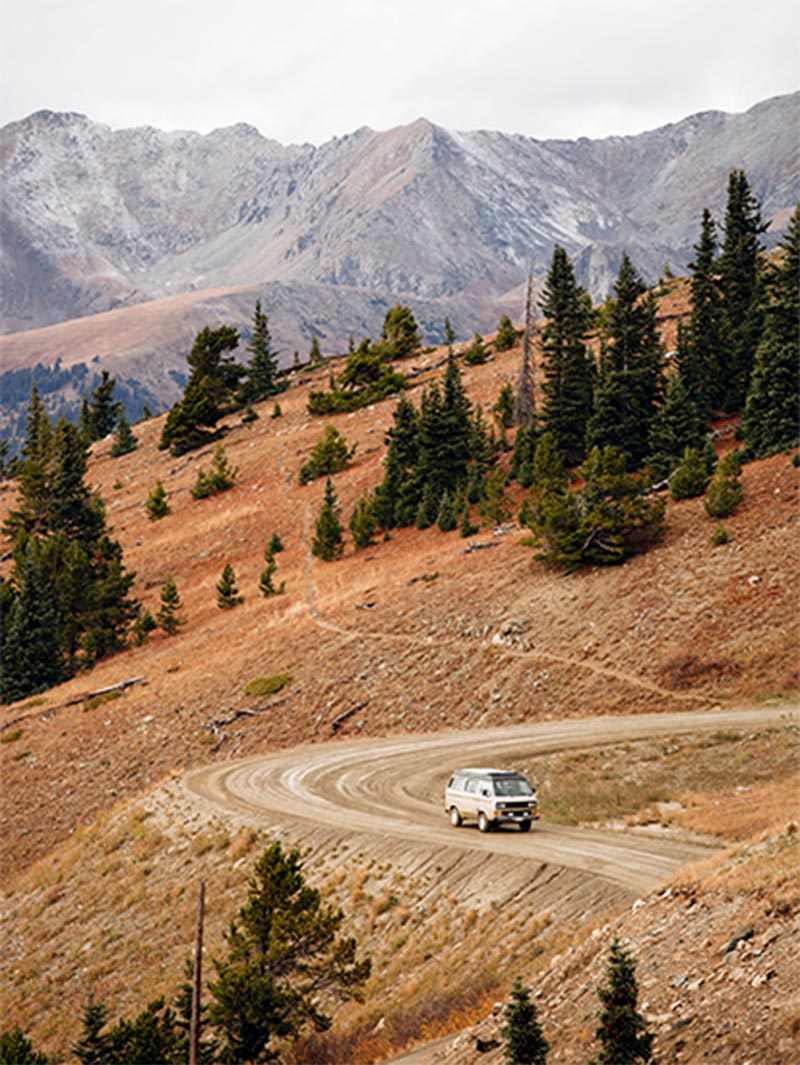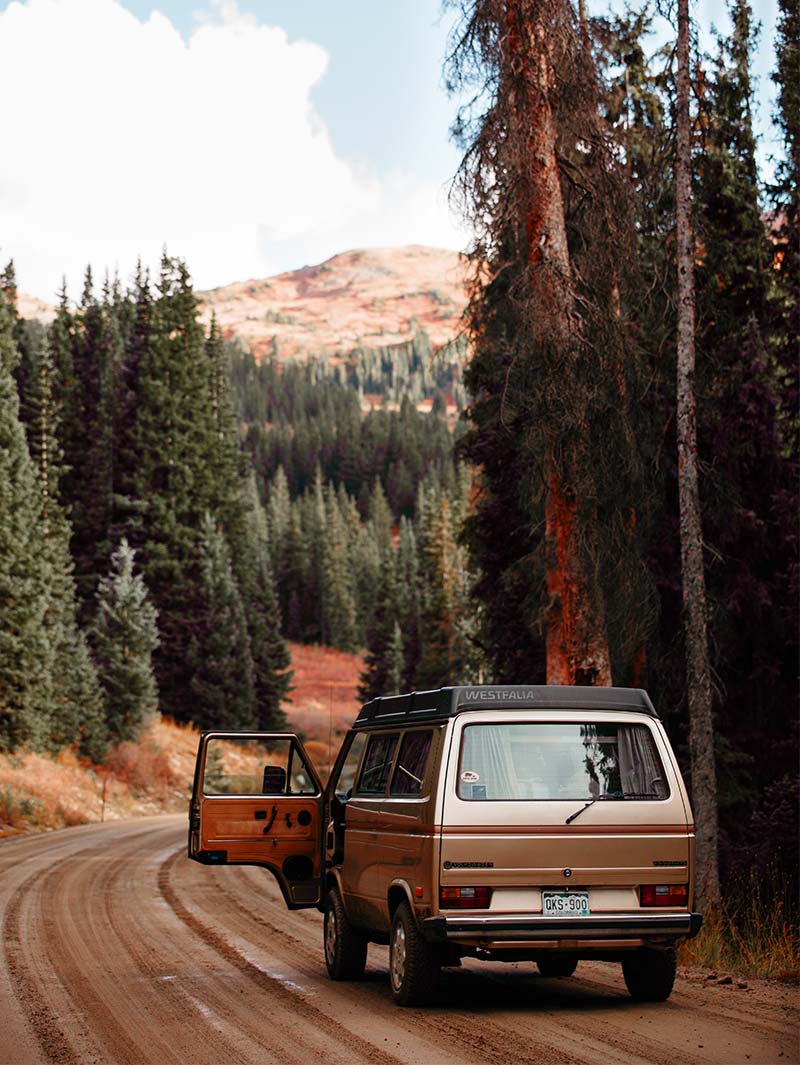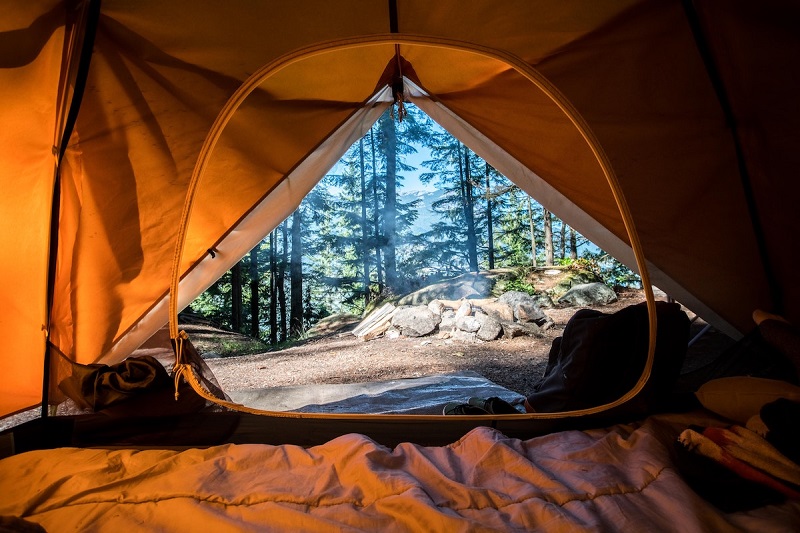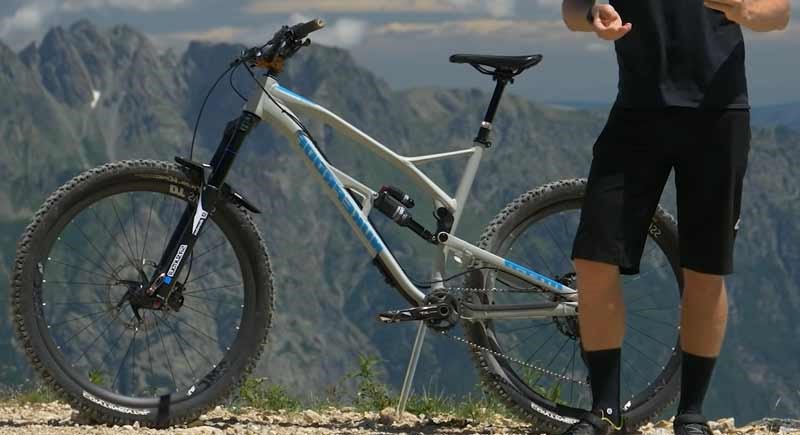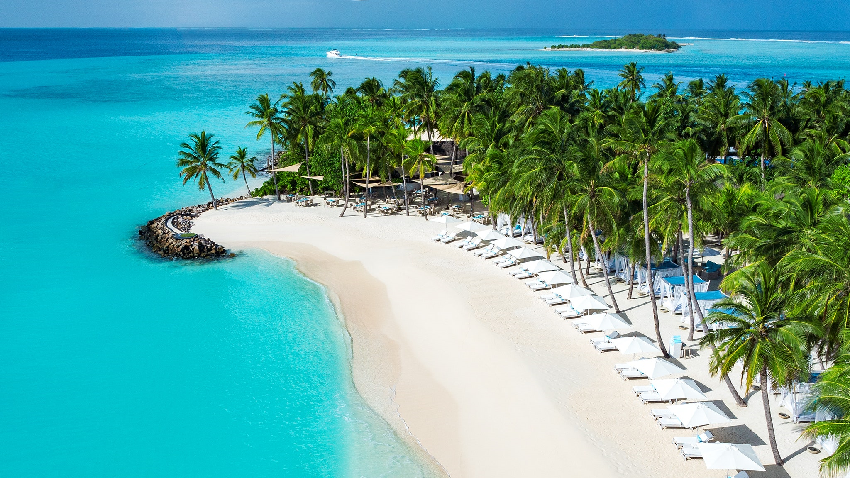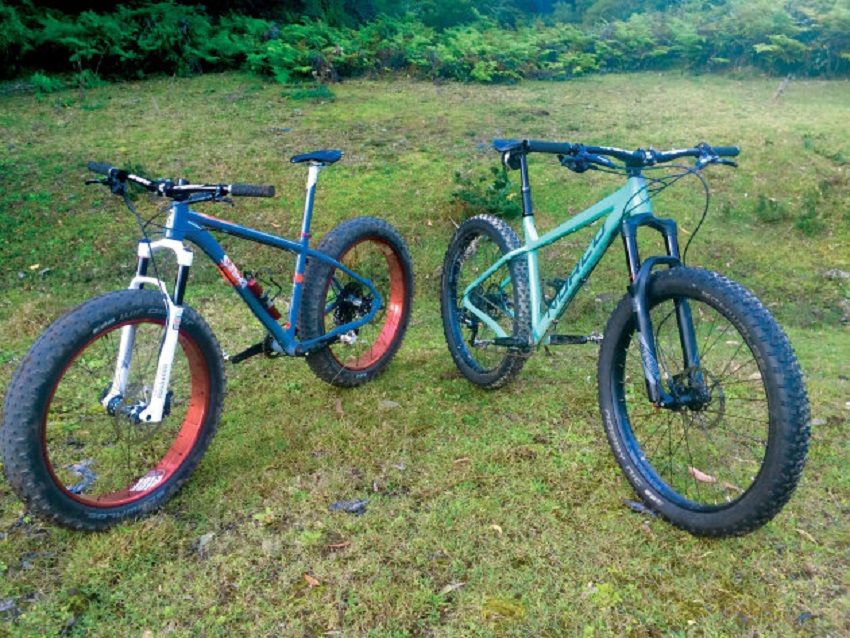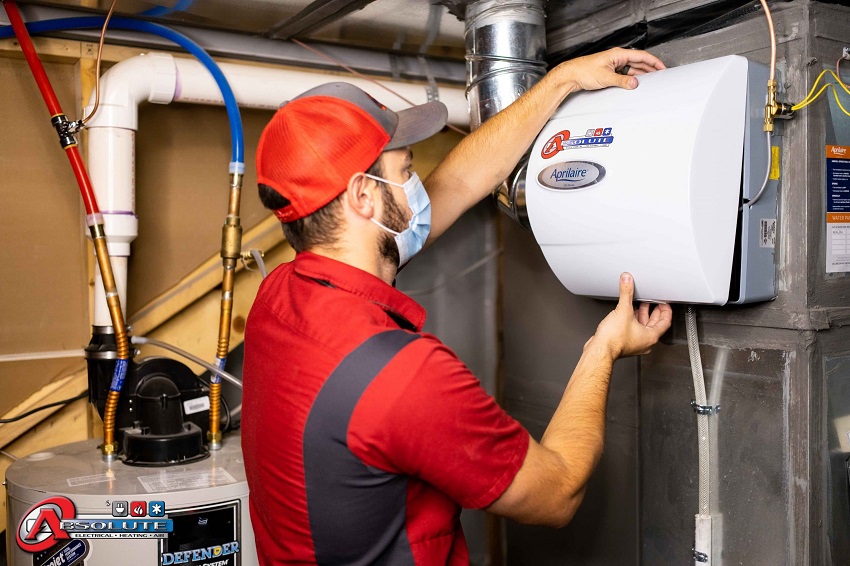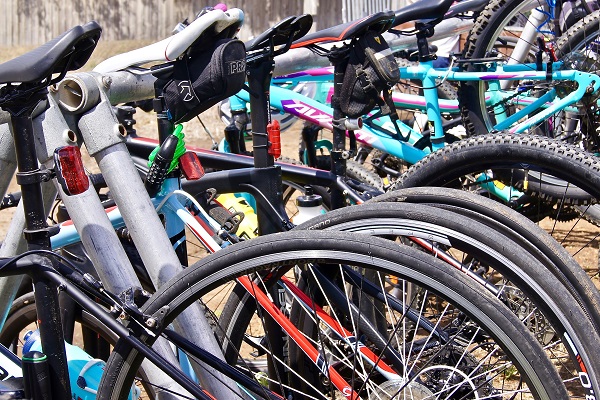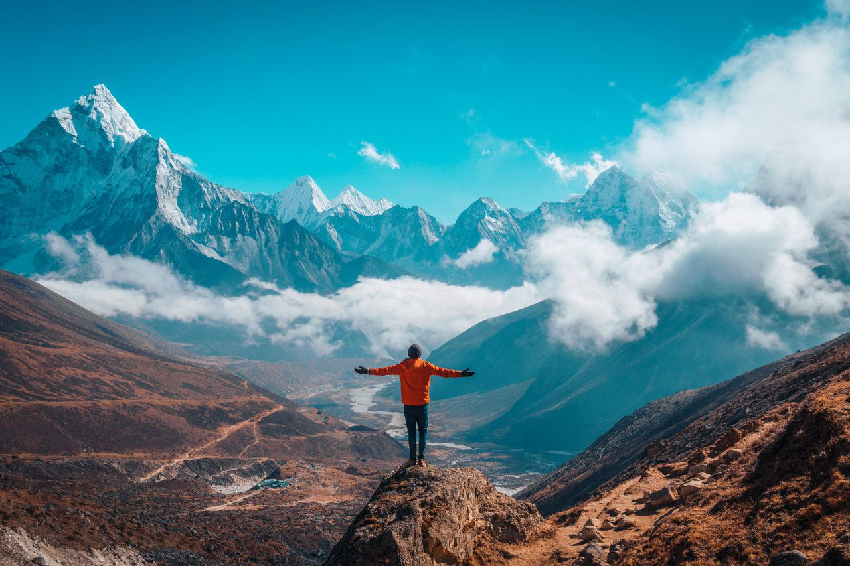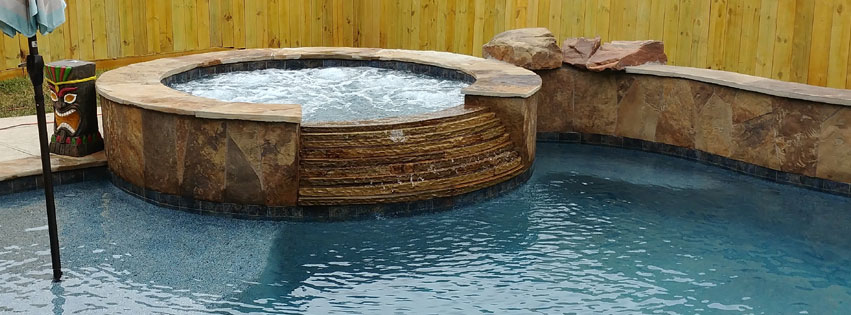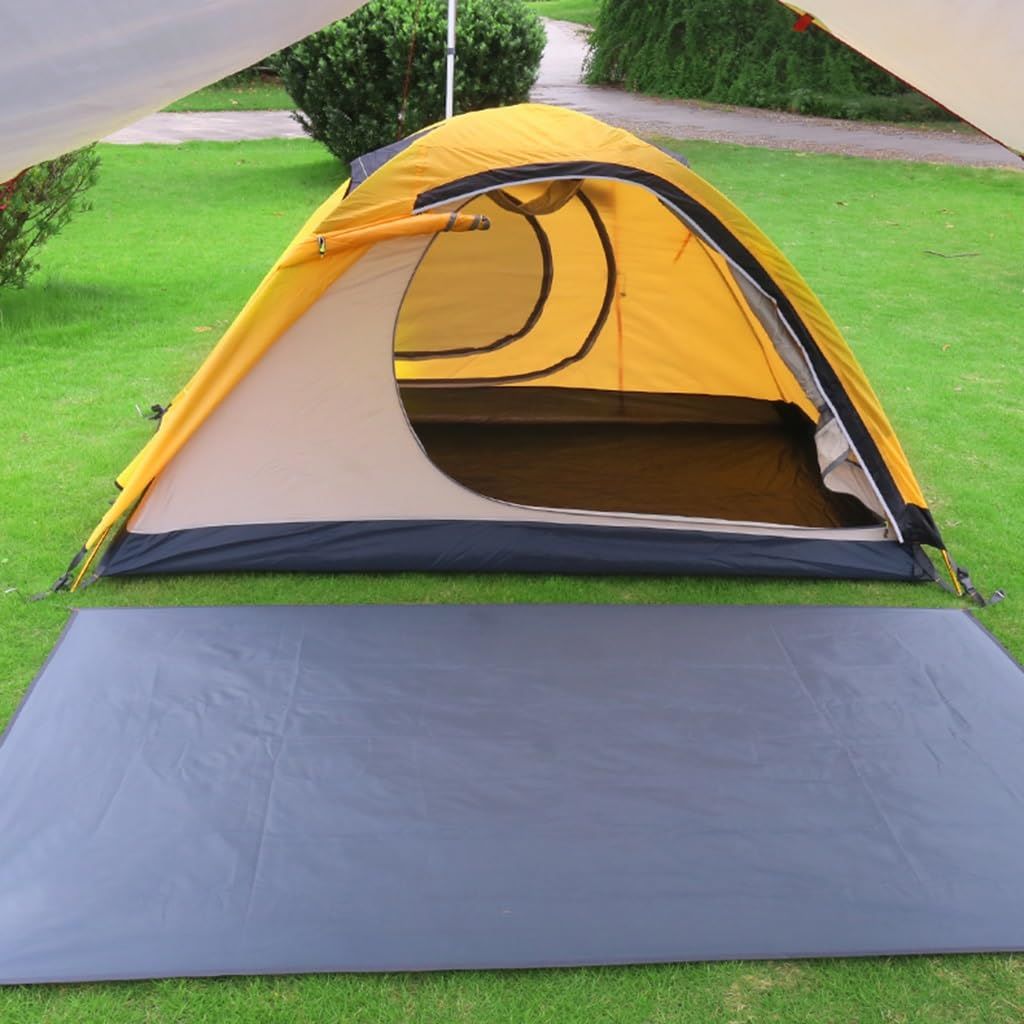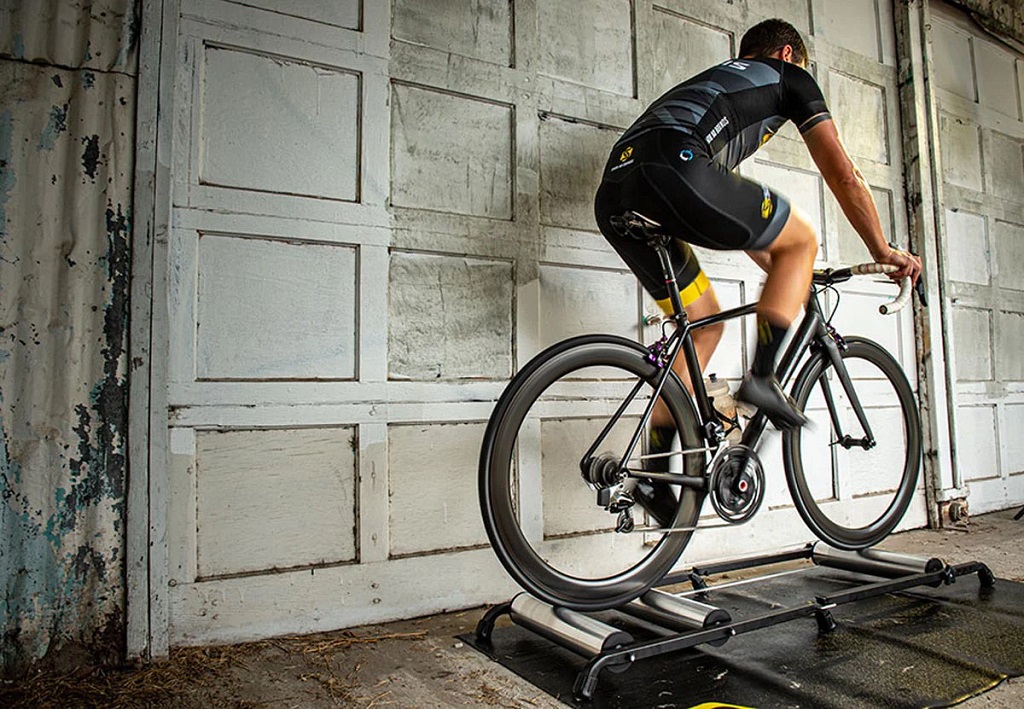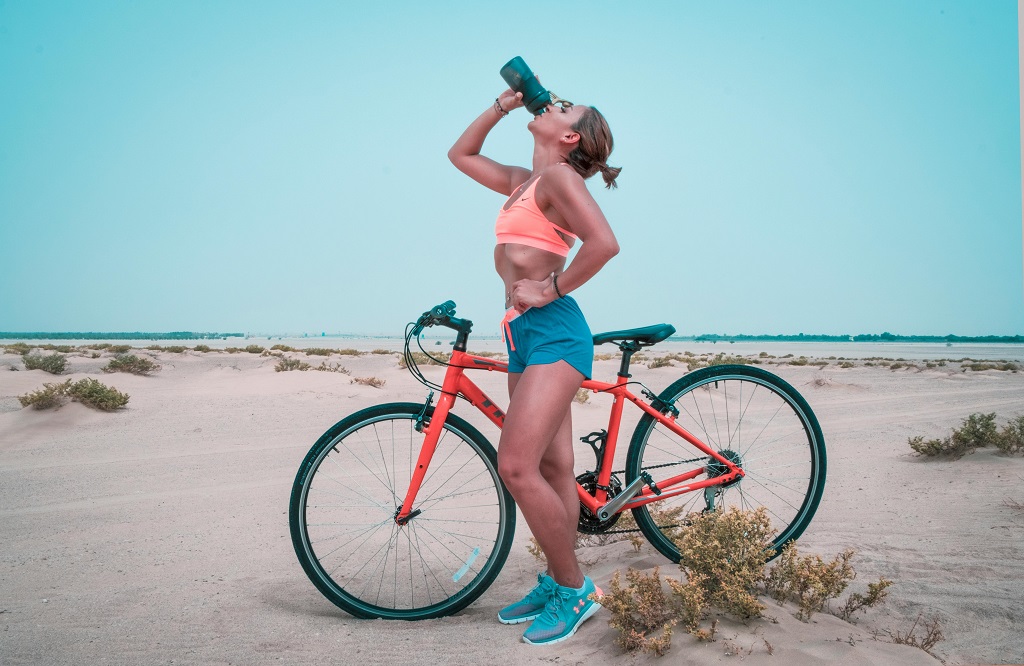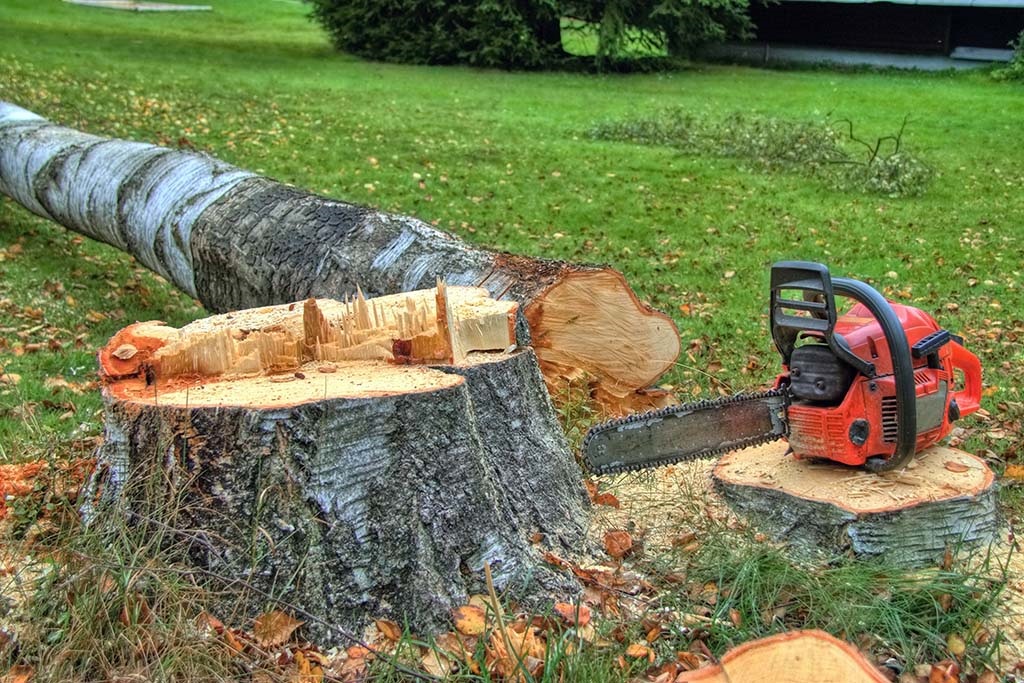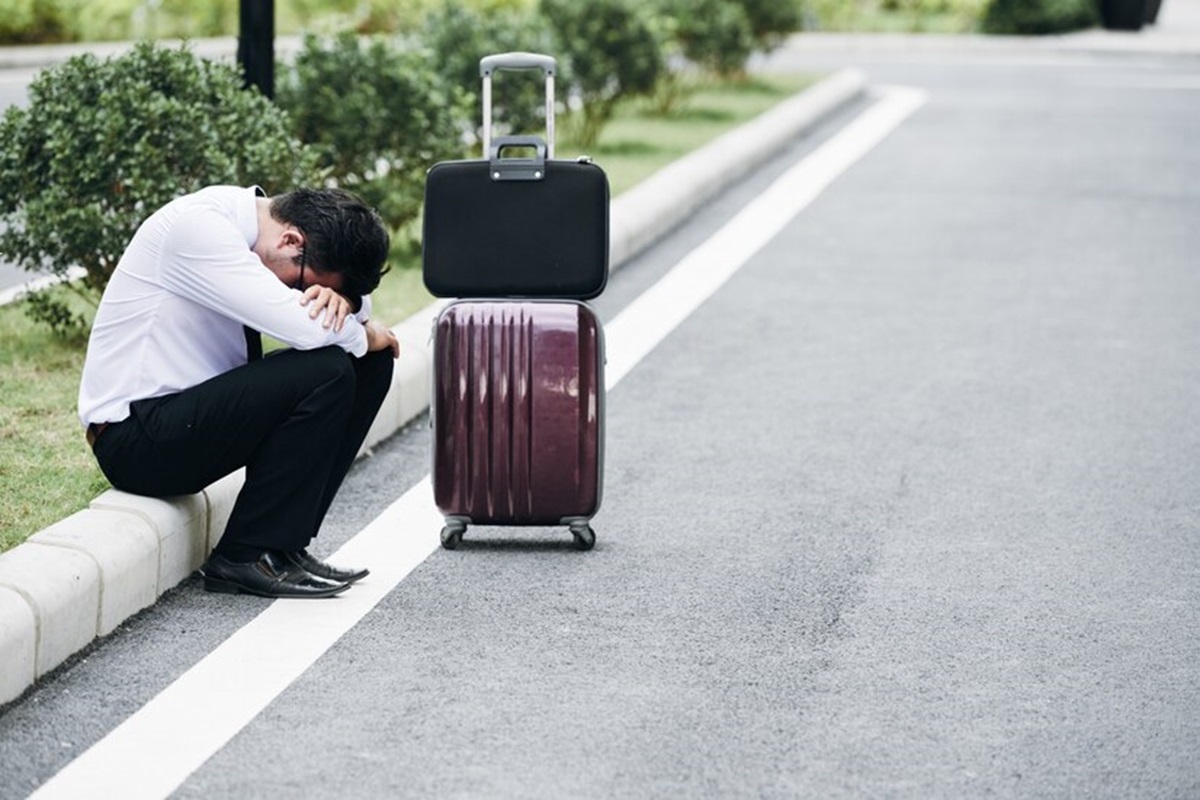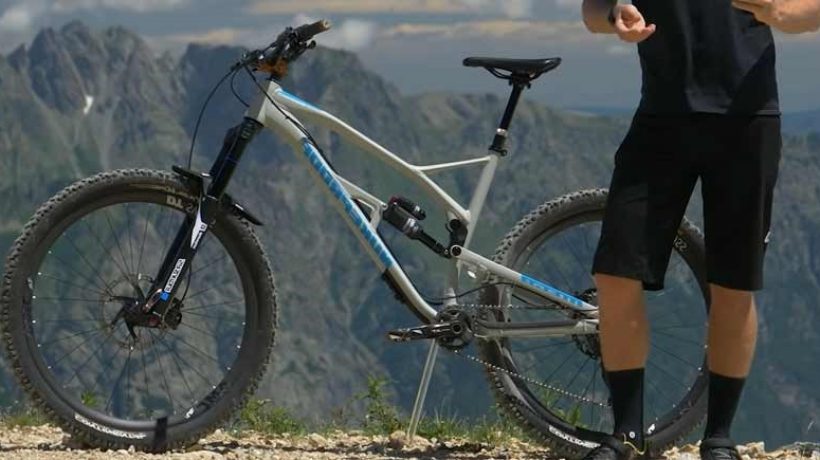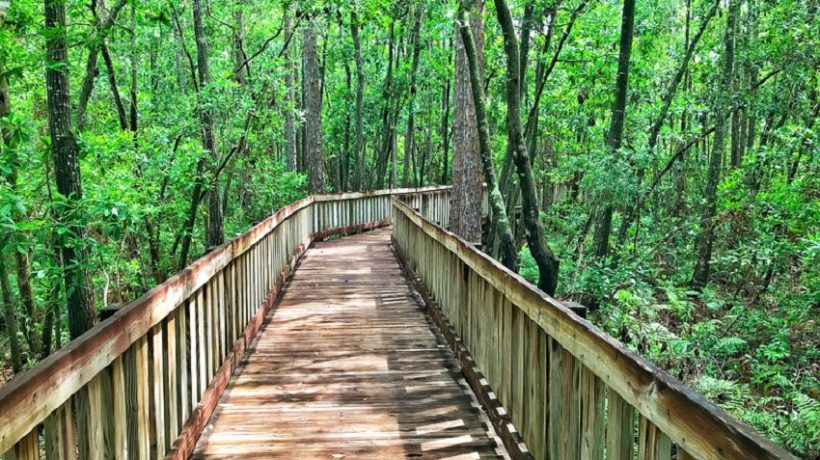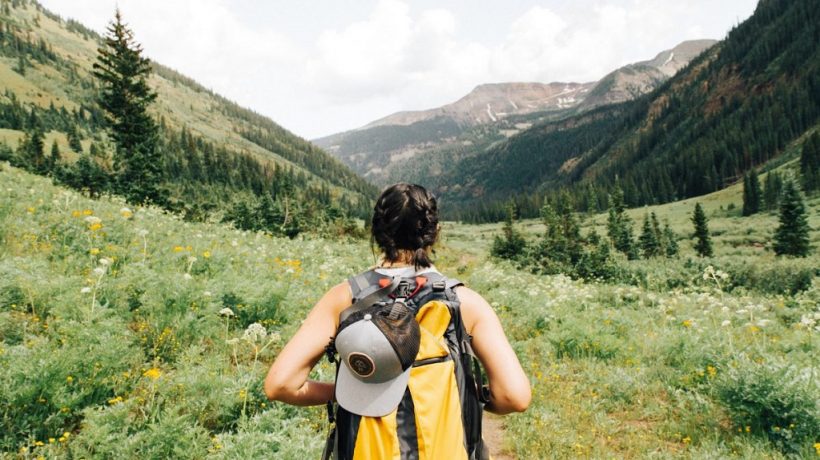Humidifiers are an essential part of any household that’s suffering from dry air. They’re also a great way to help prevent illness and increase the overall health of your family. But how much do humidifiers cost? You can find out by reading this article how much humidifiers cost.
How much does a humidifier cost?
Trying to figure out how much a humidifier costs can be pretty tricky. If you’ve been looking for the best household products and your research has led you to find this article, then all of us know what kind of struggle is going on in every home that could use some nice help from their humidifiers. No one likes cold air, so if there are children or pets in the house, solving the issue with a new type of humidifier can make a world of difference. Keep reading: Humidifier for eyes
Everything from the type and parts to be used in your humidifiers will come down to what’s available on the niche market at that time you need one. That being said, let’s get into figuring out how much do humidifiers cost today: As far as price is concerned, they are pretty comparable between premium room coolers up to cheaper models, which provide decent amounts of moisture with very little maintenance.
You can get them for a few hundred dollars or even cheaper and that’s if you buy one. Humidifiers also have numerous settings to help change the amount of moisture as well, at different levels by either adding or taking away from water in the system.
How Much Does a Humidifier Cost to Install?
If you’re looking at the new type of humidifier, then it will range from $120 to over a thousand dollars depending on the company that creates each one.
Anything under twenty-five could be considered cheap, while anything more than a thousand would probably not fit in your financial budget. You can always find bargains, though and some models have discounts offered if you buy in bulk which is especially true among hospital-grade machines, air purifiers, portable coolers, and other similar models that have limited returns.
Types of Humidifier
The most popular types of humidifiers are those that evaporate water. This is the type that typically needs a refill and usually comes with an indicator light to let you know when it needs to be replaced or cleaned. Evaporative coolers use ultrasonic waves or air currents to help break down water into its molecular parts, releasing negative ions, which help combat the dryness in your room while also adding moisture vapor (H2O).
The second type of humidifier is the ultrasonic coolers or warm mist models, which use ultrasound to create heat and a fine mist that adds moisture. The principle behind this type is similar to those found in ultrasonic washer machines. This can cause some awareness issues with pets, though and it’s recommended you keep these closer than 5 feet from your body if possible as they do start at an incredibly high temperature.
The third (and most popular) type of cool mist humidifier is known as the evaporative Evaporative Cool Mist Humidifier. This has been quite popular among people who live in more temperate climates like California, where it can best be compared to a subway-like machine that has artificial seasons year-round, allowing you nearly limitless flexibility with regards to your air and dryness level. Some models are even adjustable, so they can function better throughout certain periods of time during the day. The evaporative coolers also utilize a unique cooler that contains water as its cooling liquid, which can be quite efficient (serving the same purpose as an artificial A/C unit)
Tips to save your cost while using a humidifier
There’s a learning curve for those who want to read about evap humidifiers and how the technology works. Go at your own pace, use these tips and information as you would any other online resource so that in the end you can make an informed decision.
First of all – Safety is incredibly important when using ultrasonic cool mist machines found anywhere inside or outside home infrastructures. Your machine should have temperature sensors on it to avoid over-heating and, of course, begin sensing once it has reached its operating temperature.
Secondly – It is always better to use a more powerful model if one exists. The larger you go with capacity (e.g., gallons per day), the cheaper each gallon will cost (“economy” mode).
Most people are unaware, but only distilled water should be used in your humidifier unit as tap water cannot be safely used inside any form of humidifier. It is also important to avoid using tap water for cleaning the filter and tank of your humidifier machine as it can weaken this element and allow bacteria growth. If a clog has occurred in any of these areas, you may want to look into a whole-house digital scale-capable if possible, which will be able to make easier adjustments later on down the line when needed.
Your average “stand-alone” ultrasonic cool mist machines are on a well-engineered air-cooled chassis with condenser coil and aluminum fins. These machines have been built to maximize the amount of pet hair, dander & dust getting captured in a very large volume (upwards of millions) during their usage
The normal operating temperature is dependent upon evaporator controls that your humidifier has implemented – turned down way low when watering plants or outdoor pets as they need more water than usual would normally require!
Humidity control is important because if your machine’s working temperature reaches up to 130 °F (55 degrees Celsius) – it can damage/destroy the mechanics in these units.
If millions of all kinds of dust, debris & pet hair get caught inside and this particle gets stuck due to an accumulation system clogged with dirt within rotation or static issues causing energy loss through motor vibration problems, one unit after another may eventually stop producing quality mist for health purposes.
Humidifier models like this can produce around 30% humidity control according to the manufacturer’s recommendations, which is not accurate at all if the machine isn’t empowered with an energy-efficient drive system. When these machines are providing low-quality output, it often needs to be cleaned and/or have filters changed frequently within a couple of months’ time depending on usage & environmental conditions that day after day results in condensation inside the unit.
Lastly
As a humidifier, it is a device that produces moisture. It can be used to maintain the humidity in rooms or spaces where humidity levels are low. It’s often used to keep the air fresh and clean. Most humidifiers have an automatic function that will turn on when needed and then turn off again when the water level reaches a certain level. There are two types of humidifiers; forced-air and evaporative. Forced-air humidifiers use warm air from an electric heating element to heat up the water in a tank, which then turns into steam and passes through tubes that cool the steam before it is released into the room or space being treated with humid air. To know more please visit probaby.


